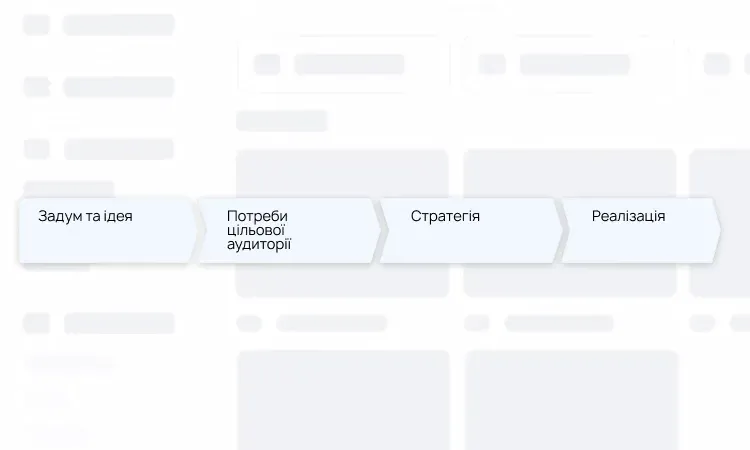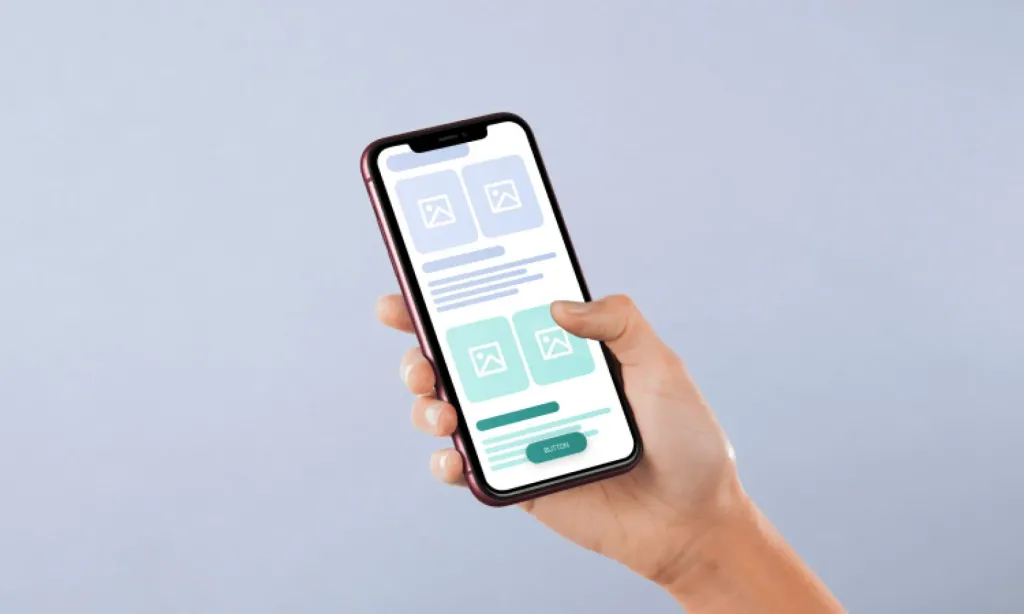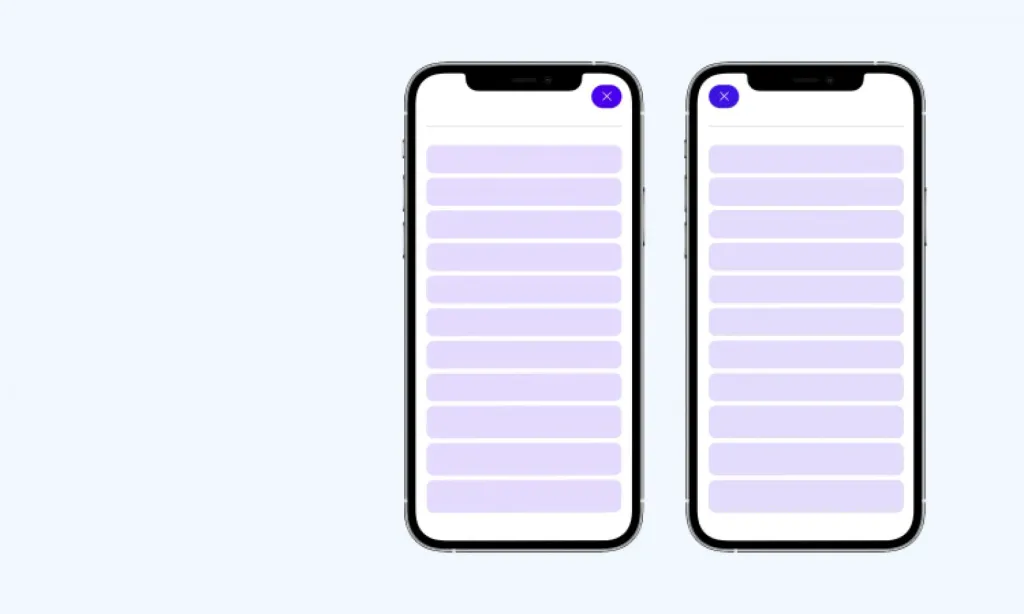Types of design research that every designer should know

What is research design and why is it needed?
Research design is a process during which specialists study the needs of the target audience of the future product and develop a strategy that helps implement ideas. The main task of this process is to create a logical plan for product promotion, from the stage of conception to implementation.
Most often, designers emphasize the appearance of the product. Research design takes a back seat or not at all is not performed. As a result, there is a poor understanding of the target audience, its needs and the benefits of the product. Because of this, they happen mistakes in the development, up to the failure of the project. Lack of research design goes against basic principles of UX design.
The process is quite simple: first, a problematic situation is defined. You need to understand why you need the product, what is his “meaning of life”. Then the goal is determined, thereby providing an answer to the question: “What knowledge will we get by doing it.”research design?”. The big goal is divided into several tasks that help achieve the goal, hypotheses are developed, tools for testing hypotheses are selected. Based on the data, the most useful results are selected and created guide summarizing the research.
What is research design? It’s a way to understand what your audience needs and how to give it to them. After all, the task of any product - to be useful. Thus, it will be able to successfully monetize and bring profit. Now let’s consider the main types of research, what are their features and when they are used.
Primary research
The main purpose of primary research is to answer 2 questions: what are you planning to design and for whom is it being designed? You receive new data that will be further processed. Hypotheses are built on their basis and goals are formed.
The most effective way to carry out primary research design is to talk to your potential audience. For this, with individual individuals or groups are interviewed. You can use questionnaires or forms for interaction.
When conducting primary research, two important points must be taken into account - its validity and practicality. Answer the question: “Will the answer help to get a constructive result?”. In the book “Methods of Social Research” Alan Bryman describes 4 types of validity that affect results. If you want to do the design yourself research - be sure to read this book.
Also remember that primary research must have practical utility. For example, you need to understand cost and budget research, time scale, sample sizes. In this way, the data will be more accurate and justified.

Secondary research
If new data are created on the basis of primary research, then during secondary research, already existing data are used. This type is often used to confirm the results of the primary research design. Some designers exclude the first type and immediately come to the second, but it is recommended to perform all stages of research step by step.
What is the essence of secondary research: the designer uses available data from articles, books, the web and other sources of information. This is a way of learning from other people’s mistakes. You can avoid what others have done if you find and process the right data.
The analytical picture is usually already summarized, it remains to draw conclusions and understand for whom you are making a product and how to make it better. But if you are generating a completely new design, you cannot do without primary design research. The secondary type allows you to determine the needs of the target audience, understand patterns of behavior and learn what users expect from your product.
Evaluation studies
This is one of the important types of analytics that helps to form a clear vision of the construction of the project. What is research design? This is a method that allows you to understand what the user needs and how to be as useful as possible for him. For this it is necessary perform an assessment of a specific problem. The best way is to beta test. Give the user a product and a list of questions, to which he must provide an answer. Another effective method is public observation. Have the user describe theirs out loud feel and reflect on usability.
To conduct an evaluation study, it is necessary to have a finished product in the initial version or its prototype. Therefore without previous types of research are difficult to evaluate. The task is to describe a specific problem of the user. For this purpose, 2 types of evaluative research designs are used:
-
Summary type. Emphasizes not the process, but the result, gives a summary assessment of such things as results, feasibility of financial expenses, the level of influence on the audience. Helps to understand how the product will be potentially profitable and effective.
-
Formative type. Used to strengthen and improve the product. During the study, the implementation and success of the project is evaluated, needs are studied and potential is formed.
Thanks to the evaluation type, it is possible to study in more detail the potential development of the product, to identify local problems in implementation of the project and eliminate them.

Research studies
In order to generate new ideas, as well as to discover ways of solving non-standard tasks, there are exploratory research designs. They are performed around a topic about which little is said, or about which nothing is known at all. In this way, new ones are tested hypotheses, a deep study of the direction takes place and tasks that are often not taken into account are solved.
Thanks to search solutions, designers manage to get answers to the following questions: What? Why? As? New ones are explained terms, existing concepts are clarified, hypotheses are formulated and research priorities are set.
It is a method that provides answers to complex and unclear questions in UX design and helps to simplify it into understandable forms.
Reproducible studies
At this stage, it is necessary to clearly understand the needs of users and the goals pursued by UX design. Reproducible design research is about putting previously formed ideas into practice and seeing if they help solve user needs.
In this way, the user gets to the natural environment without taking into account laboratory conditions, and the observer has the opportunity evaluate his behavior. With the help of contextual interviews, creation of focus groups, as well as intelligent data analysis it is possible to understand whether all ideas are realized.
What is the difference between market research and research design?
Imagine the situation. A customer comes to the market and buys a piece of beef. He wants to buy it, it is done from here conclusion - the buyer is a carnivore and will prepare some kind of meat dish. But it may well turn out that our buyer is a vegetarian, and he bought meat for his dog.
Market research provides insight into what the customer wants. But we will not be able to understand what problems are being solved with this product. Market research uses logic, analytics and clear rules. Necessary evaluate competitors, study previous user experience and form a conclusion based on the received data.
Research design is about intuition and assumptions. Let’s go back to our beef buyer. From the point of view of the market research, everything is clear. But what does intuition tell us? The man is thin, in his bag are only fruits and vegetables, but to stand he is uncomfortable at the meat counter. Perhaps he is not buying this meat for himself?
And then hypotheses and various types of research come into play, which either confirm this theory or refute it. But based on feelings and intuition, we understand the factors of human nature.
Let’s go back to application design. The popup close button cannot be on the left, almost any user it will be annoying. Since everyone is used to the fact that the red cross is placed in the upper right corner of any window. Is there a logical justification for such user behavior? No, this is an established design pattern. This is what shaping UX is all about taking into account the research. The only difference is that to confirm this hypothesis, it is necessary to take a focus group, provide windows with the location of the cross in a different place and get their opinion.

Conclusion
Research design is an integral part of the digital product development process. It is important to understand in advance how the user will interact with the product where buttons, fields and other elements should be placed. By ignoring this process, you can invest it takes a lot of time and money to develop, and as a result, you will get a result that your users will not like. So or not is it better to immediately understand what needs to be done?
The WEZOM team offers a design research service. You can contact our specialists who will study the product and implement it detailed analytics of UI/UX. This service is included in the full development cycle, because it is important for us to create a quality product, which benefits and benefits the business.
Research design requires a thorough understanding of the target audience and behavior patterns. You will be able to find out what he likes your user, what bothers him, what he expects from the product. Therefore, you should not neglect analytics. On the contrary, it is important make decisions supported by practice and knowledge.
